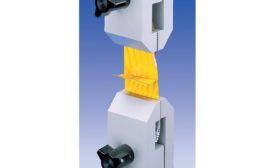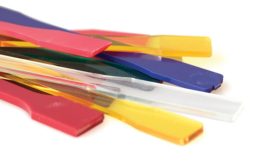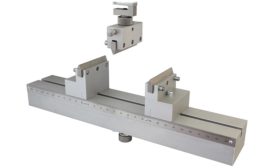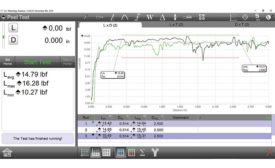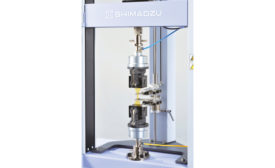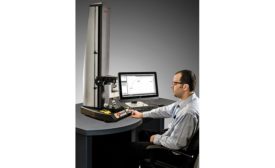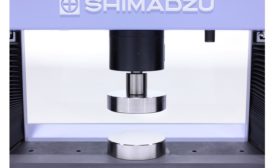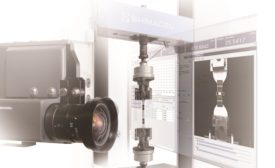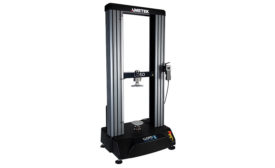Home » tensile testing
Articles Tagged with ''tensile testing''
Tensile strength is an important parameter of engineering materials that are used in structures and mechanical devices.
Read More
The Mechanical Properties of Plastics
Mechanical properties describe the material’s reaction to an applied force, such as tension, compression, and impact.
December 9, 2019
Grip and Fixture Solutions for Force Testing
Many factors come into play when choosing the right mounting hardware to ensure the specimen is properly aligned.
September 1, 2019
Analyzing and Reporting Tensile Data on Force Measurement Systems
Using readily available tools such as graphs, tolerances, comments, and test criteria ensures that the required tensile information is on hand when needed.
June 1, 2019
Back to Basics: Testing Elastomers and Elastomer Additives
Learn more about testing elastomers and elastomer additives with the ASTM D412 and ISO 37 standards.
February 22, 2019
Shimadzu Partners with Oklahoma State to Launch Mechanical and Physical Properties Testing Lab
Equipped with a collection of Shimadzu’s materials testing instruments, this lab space will reportedly allow students to characterize materials with an array of scientific techniques.
February 20, 2019
Tensile Testing Principles: Fundamentals, Methods and Challenges
Tensile testing can determine the component’s suitability for use and its performance over time.
August 1, 2018
Back to Basics: Compressive Testing for Rigid Plastics
An expert discuses compressive test methods and ASTM D695.
May 1, 2018
What to Consider When Buying a Material Tester
There is a material tester for every need.
January 8, 2018
Stay in the know with Quality’s comprehensive coverage of
the manufacturing and metrology industries.
eNewsletter | Website | eMagazine
JOIN TODAY!Copyright ©2024. All Rights Reserved BNP Media.
Design, CMS, Hosting & Web Development :: ePublishing
